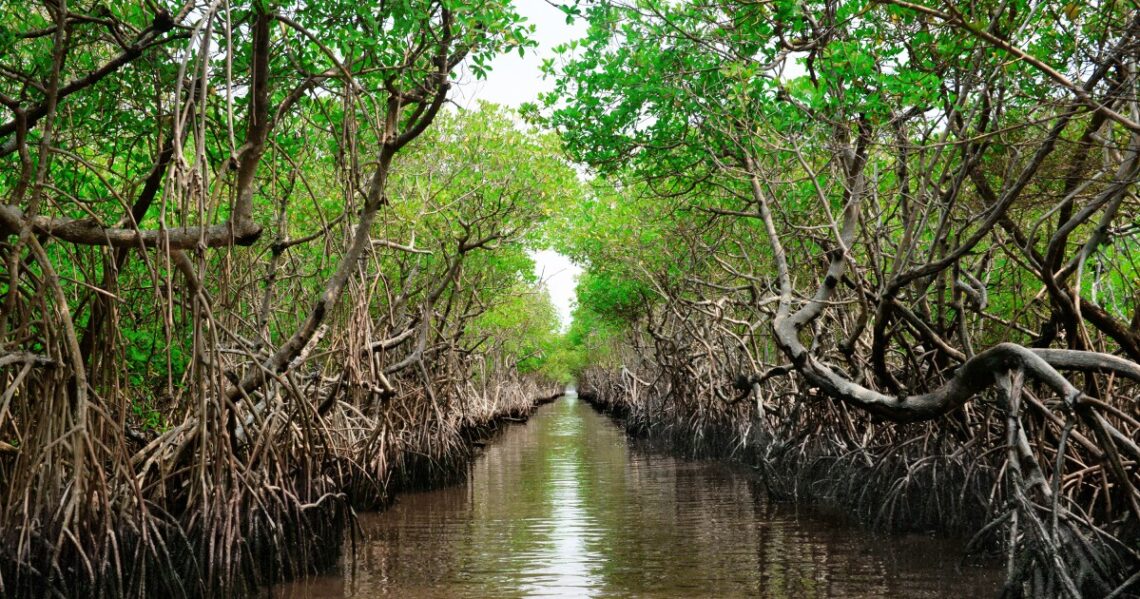Scientists say there’s a lot we can still do to slow the speed of climate change. But when it comes to “climate solutions”, some are real, and some aren’t, says Naomi Oreskes, historian of science at Harvard University. “This space has become really muddied,” she says.
So how does someone figure out what’s legit? We asked six climate scholars for the questions they ask themselves whenever they come across something claiming to be a climate solution.
A big climate solution is an obvious one
It may sound basic, but one big way to address climate change is to reduce the main human activity that caused it in the first place: burning fossil fuels.
Scientists say that means ultimately transitioning away from oil, coal and gas and becoming more energy efficient. We already have a lot of the technology we need to make this transition, like solar, wind, and batteries, Oreskes says.
“What we need to do right now is to mobilize the technologies that already exist, that work and are cost competitive, and that essentially means renewable energy and storage,” she says.
Think about who’s selling you the solution
It’s important to think about both who’s selling you the climate solution and what they say the problem is, says Melissa Aronczyk, professor of media at Rutgers University.
“People like to come up with solutions, but to do that, they usually have to interpret the problem in a way that works for them,” she says.
Oreskes says pay attention when you see a “climate solution” that means increasing the use of fossil fuels. She says an example is natural gas, which has been sold as a “bridge fuel” from coal to renewable…
Read the full article here






